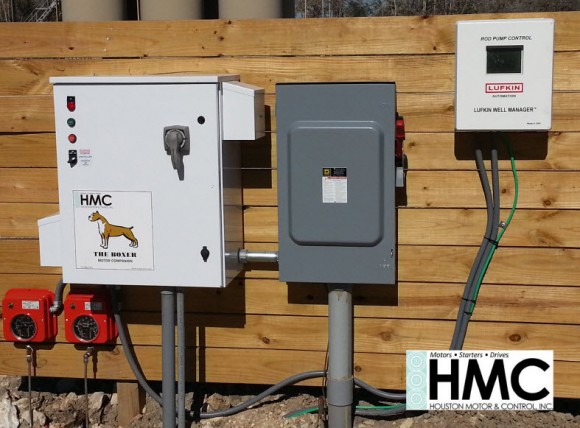White Paper Investigating a Technology for Improving the Energy Efficiency of Oil Field Pump Jacks
31
2014

AC induction motors are designed to run at the highest efficiency when the motor is at full load.
As the load reduces the overall efficiency of the motor reduces and the losses inherent within the motor play a bigger part in the overall inefficiency of the system.
When the load is less than 50% the efficiency reduces very quickly.
By reducing the losses in this portion of the loading cycle the energy efficiency of the motor could be dramatically improved. The losses present in an AC induction motor are:
- Load losses and i2R losses – these are losses in relation to the heat produced by electrical current flowing in the conductor.
- Stray Losses – caused by the higher flux density harmonics due to the slotting effects into the bar rotor currents and skewing.
- Mechanical – caused by friction in the bearings, belts and cooling fans.
- Iron/Excitation losses otherwise referred to as magnetizing losses – these are voltage related and therefore are constant for any motor irrespective of load. The magnitude of these losses is determined by the construction of the motor. At low load, the greatest proportion of losses are the iron loss and produces a lower power factor.
Click here to download the complete solution that Houston Motor & Control solved these challenges.